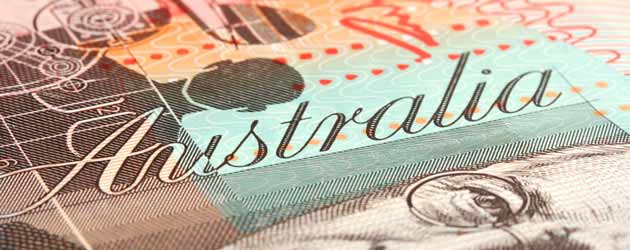
The Pound to Australian Dollar exchange rate (GBP/AUD) jumped higher by around half a cent earlier this morning, reaching a daily high of 1.8268, as traders reacted to a softer-than-anticipated Chinese Manufacturing PMI result.
Sterling rallied briefly in response to the weaker-than-expected Manufacturing PMI, which printed at a 3-month low of 50.5, compared to forecasts of 50.9. However, GBP/AUD was not able to sustain its gains for long and the exchange rate dropped back down to 1.1820.
Although the report showed that output decelerated from 50.8 to 50.5 in December, the fact that the index remained above the 50.0 mark that separates growth from contraction was seen as a positive outcome. At just above the average reading during the third quarter, analysts interpreted the PMI result to mean that annualised Chinese GDP will stabilise at around 7.5% in Q4.
The Australian Dollar shares a strong correlation with the Chinese economy because China is the largest export market for Australian goods and materials. Australian businesses often see demand swell when Chinese economic output is booming and this benefits the ‘Aussie’ Dollar because it helps the Reserve Bank of Australia to keep its benchmark interest rate above the low levels that we are currently seeing in the West.
The RBA currently maintains an official interest rate target of 2.50%, which is considerably higher than the Bank of England’s 0.50% or the Federal Reserve and European Central Bank’s 0.25%.
However, the high-yielding ‘Aussie’ came under some pressure last week as Australian Prime Minister Tony Abbott urged the RBA to intervene in the currency market to weaken the domestic currency and RBA Governor Glenn Stevens said that he would prefer a less strong exchange rate. This spooked investors as it raised the probability that the RBA would cut rates.
The Abbott comments, which are notable because it is unusual for Australian politicians to speak so explicitly about the exchange rate, sent the Australian Dollar to a near-4-year low against Sterling.
Although technical resistance and profit-taking stances have allowed the ‘Aussie’ to recover some of its losses against the Pound, it is entirely likely that GBP/AUD will resume its upward trend if the Federal Reserve opts to taper its asset purchasing scheme later this week.
Analysts now believe that there is a 50% chance of the Fed announcing a reduction to the pace of QE3 on Wednesday. If the US Central Bank does decide to cutback on asset purchases then risk sentiment is liable to deteriorate, and so too is the Australian Dollar.

Comments are closed.